|
A quick update. As I mentioned last time, I have been following the tutorial put out by Donna of Jordan Fabrics. I have made one improvement on Donna's method, which I'll explain briefly. And I've learned a little more about myself, which will inform my future quilting choices.
0 Comments
Ambivalence is a fruitful inspiration: when I sorta-like and sorta-hate something, the incongruity fidgets in my mind, and won't settle until I make something with it. Tula Pink fabric is such an inspiration for me. What I love is the creativity of the prints, the hidden critters and swirling flowers and whimsy of them. What I hate is the busy-ness. According to her website, "Tula comes from the 'more is more' school of design where there is never enough space and always room for that one last thing," while I firmly believe that detail without focus is clutter, and clutter stresses me out. Finally, there are her colors, which are bright and fun and neon... and like minor notes, just slightly off from what you might find satisfying. It's hard to match or co-ordinate with her prints, unless you work with other prints from the same collection.
I wonder if I can design my own Foundation Paper Piecing (FPP)? (Of course I can.) I wonder if the cracked ice research I did may help? (Why the heck not!)
When my mom and I left East Africa, we went to Liberia, in West Africa, to visit the family of our stateside Liberian friend. We took a lot of pictures of people there, to bring back to our friend who hadn't seen his family in years. This photo, of Grandma with her grandson Shadrach, is lovely. I decide to use my compass method to see if I can cracked-ice it into FFP slices. Just a quick post, because it's too pretty not to share!
Something inside my breast shifted, like a door opening, and inside me was the Serengeti, and oceans of grass swaying without hurry, while massive gentle beasts swayed unhurriedly with it, walking... and eating... walking and eating, nudging and brushing up against each other.
I loved elephants. Remember the Hunter's Star quilt I started for my sister last October? NO MORE HUNTER'S STAR
A new pattern is required. And quite accidentally, I find it through a merry link trail on Reddit!
This presents a matter of interpretation: in English, "grass" connotes something unremarkable and ephemeral, while "weed" connotes something hardy and unwelcome. The poem changes pretty dramatically depending on whether the poet pauses to reconsider humble grass or a noxious weed! I lean toward the "grass" reading, though. I like to think that the existence of a name makes the passer-by stop to observe something he'd never considered noteworthy before.
Some quilts -- like my Memories of Africa Quilt or my Dandelion quilt -- start with a plan. I sit down and draw an idea, pick my fabrics, and work my way toward a fore-visioned end. I love working like that, because I can bring an idea into reality! But those quilts tend to be thinky quilts, and sometimes I don't have the reserves to think my way through my hobby. Lately, I've been getting home from work at 6:30pm, and it's dark, and I have just enough space in my brain for a little Foundation Paper Piecing... before I feel my focus slip, like a car falling out of gear. I get maybe a half-hour of concentration, and then I find myself picking the wrong fabric for the pattern and having to rip seams, or just staring at the same piece for a while doing nothing. I desire to be creative, but sewing to a plan leads to frustration.
That's why I like to have a second project at the same time, a non-thinky project. The Acid Trip, Scrappy Double Wedding Ring, and today's featured project are all examples of what I think of as "blank verse" projects. |
Karen Roy
Quilting, dressmaking, and history plied with the needle... Sites I EnjoyThe Quilt Index Categories
All
Archives
March 2024
|
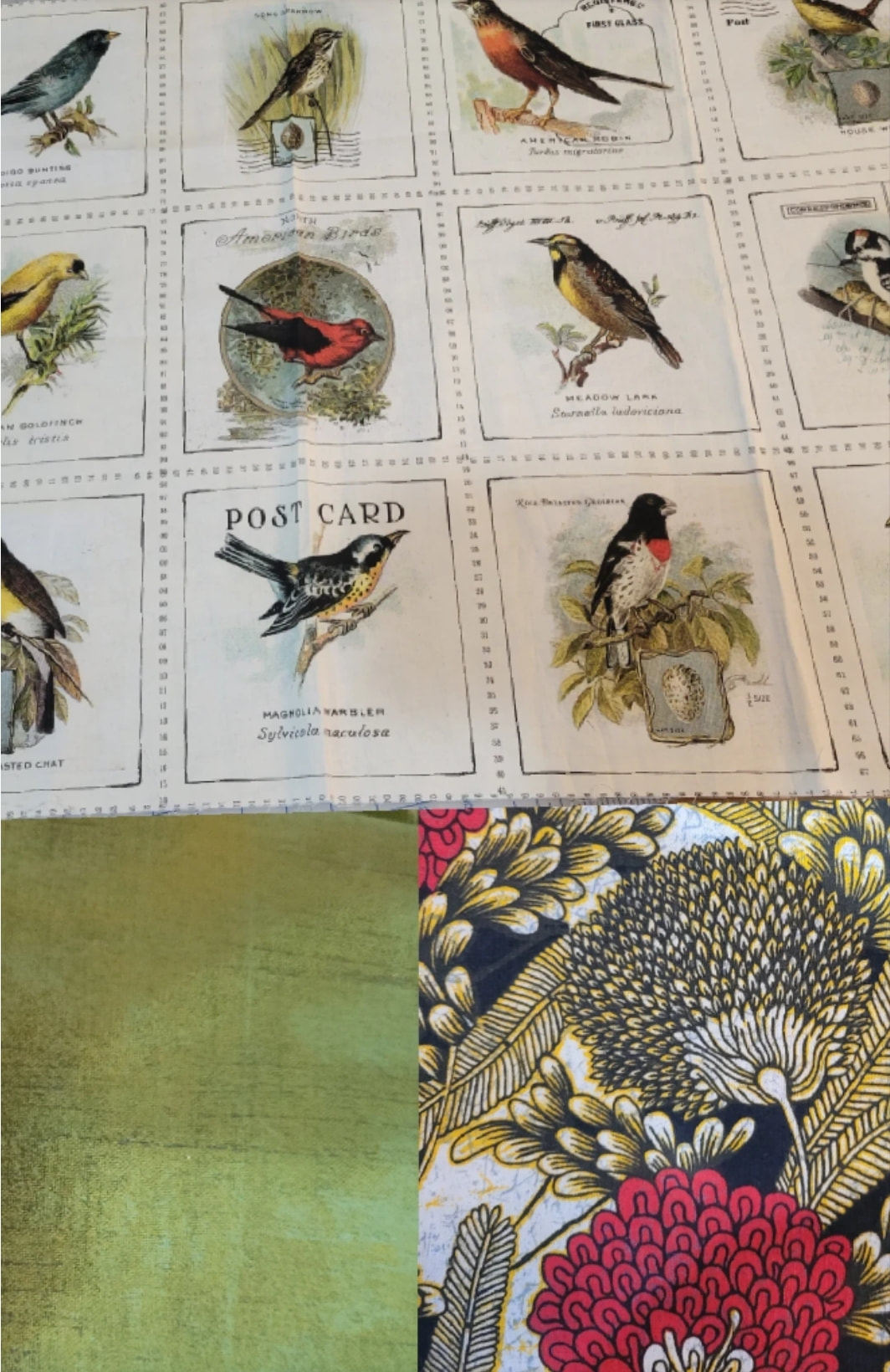
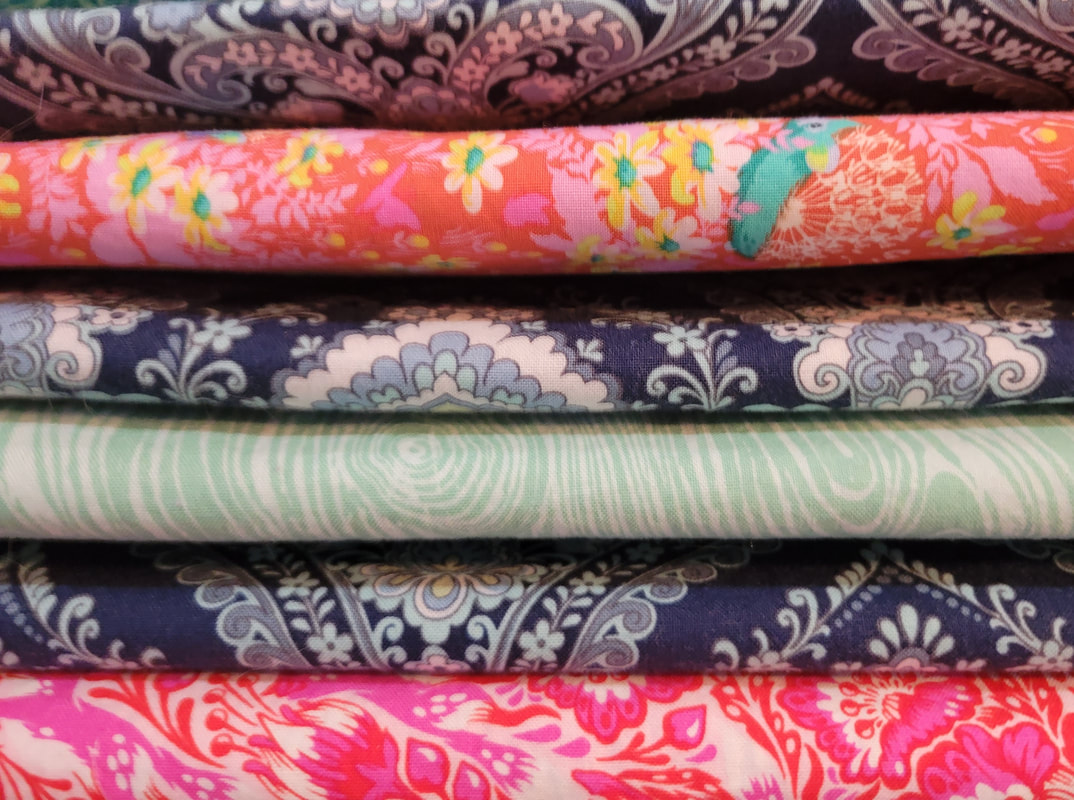
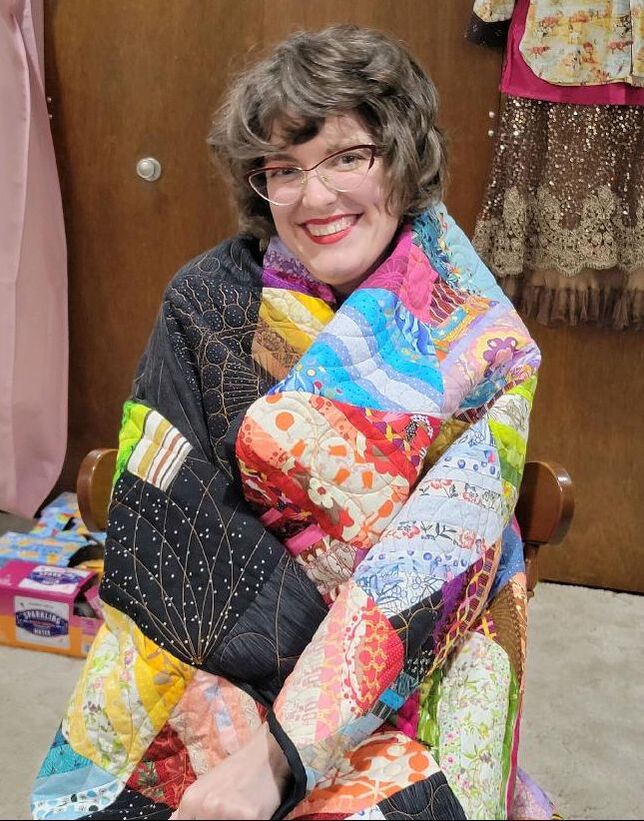
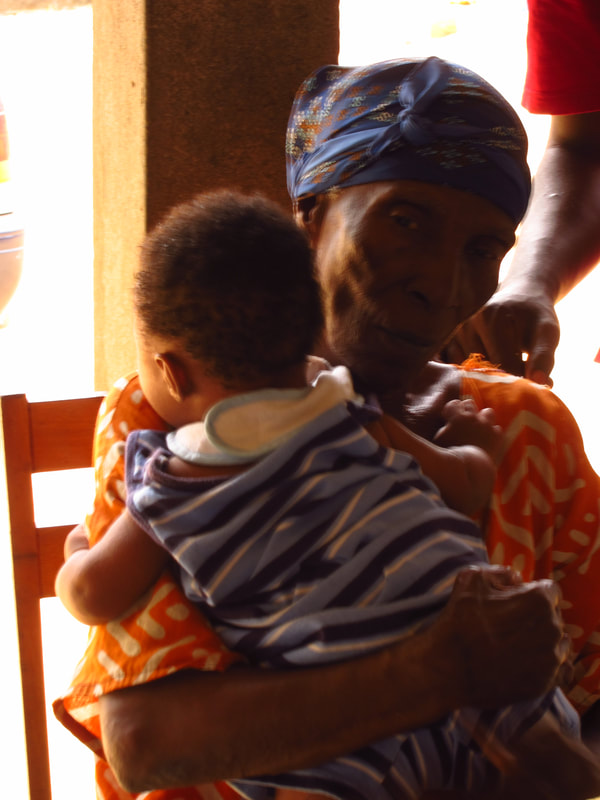
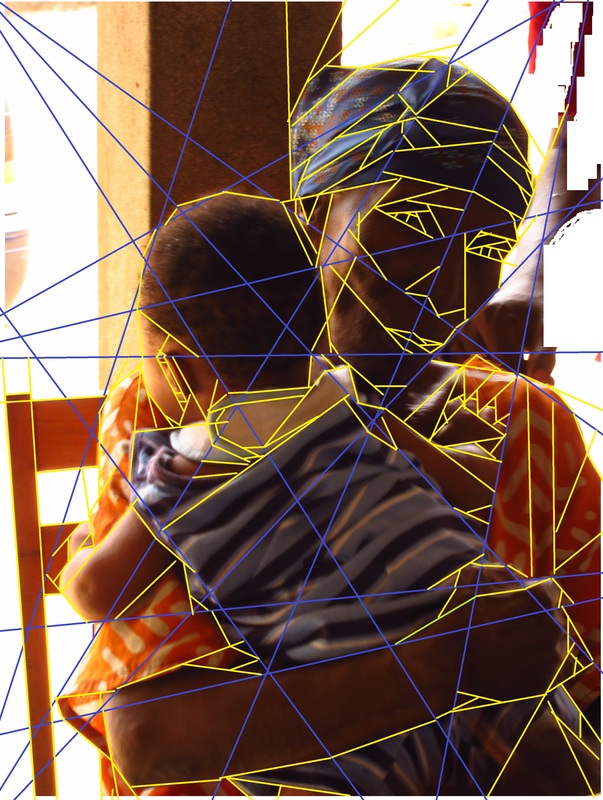
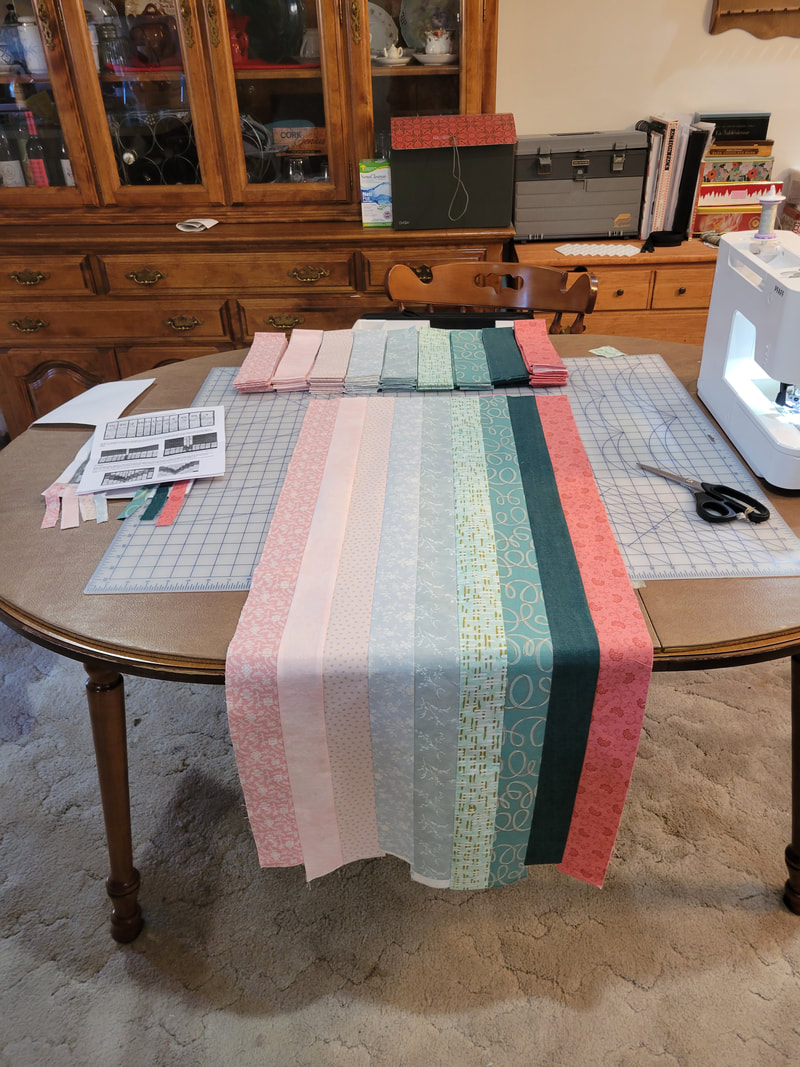
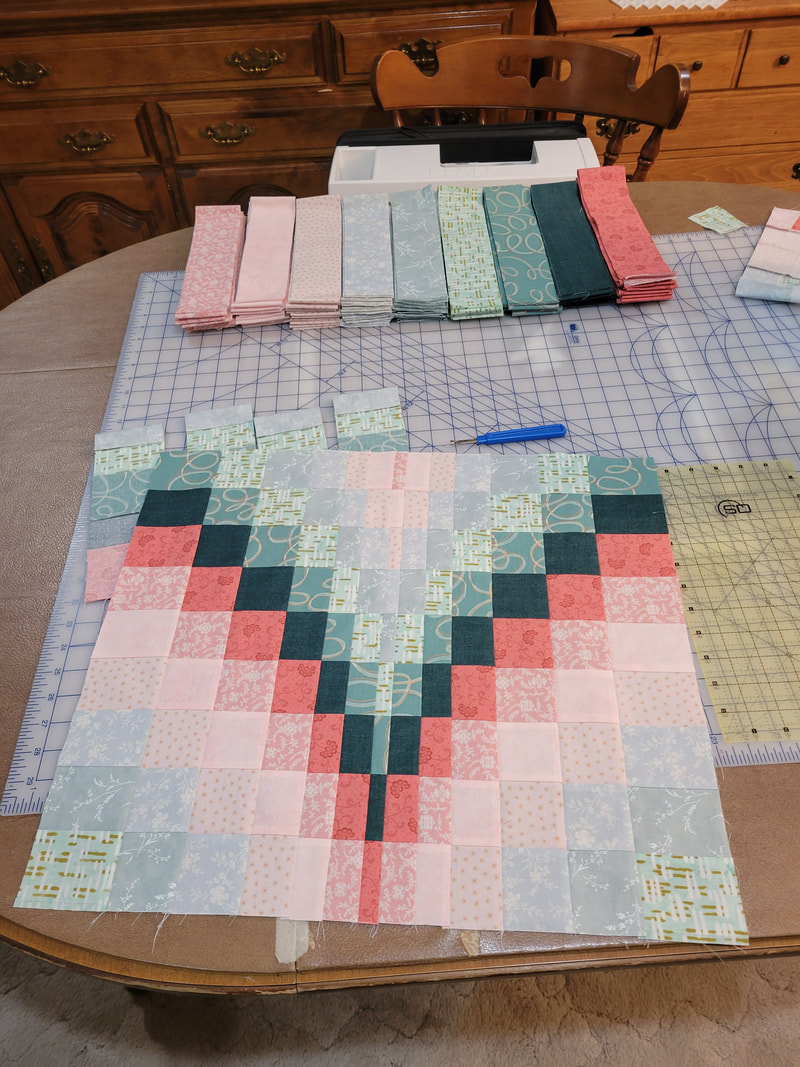
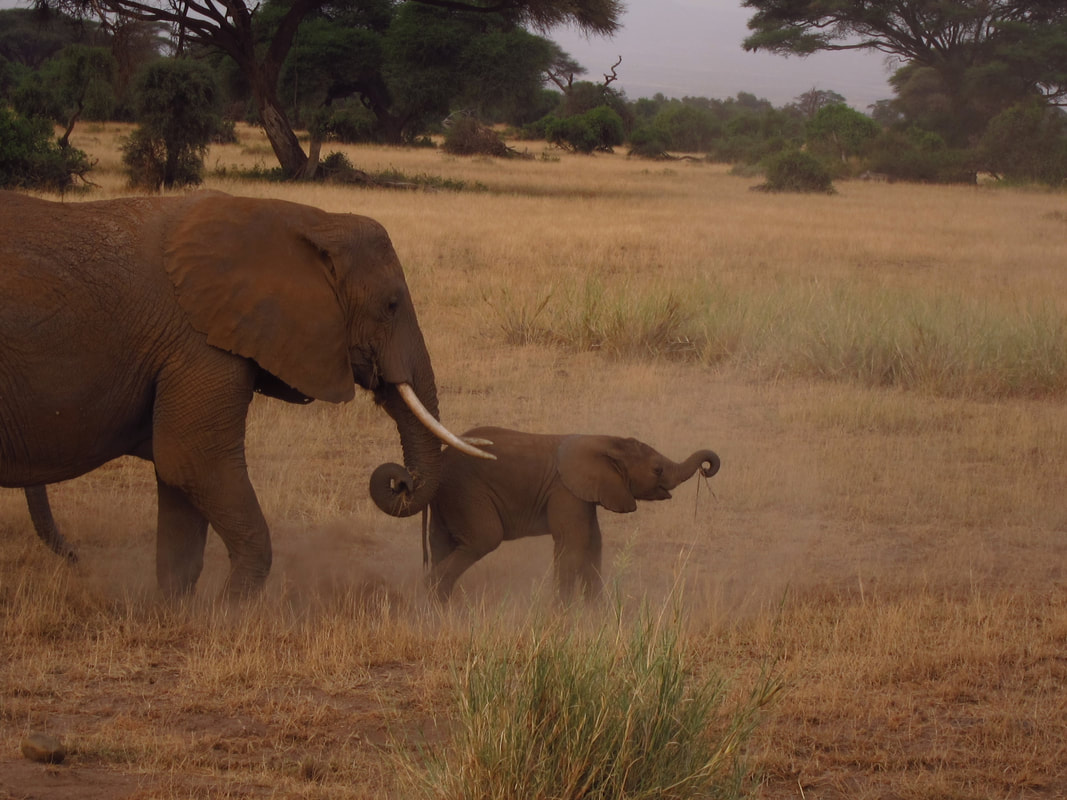
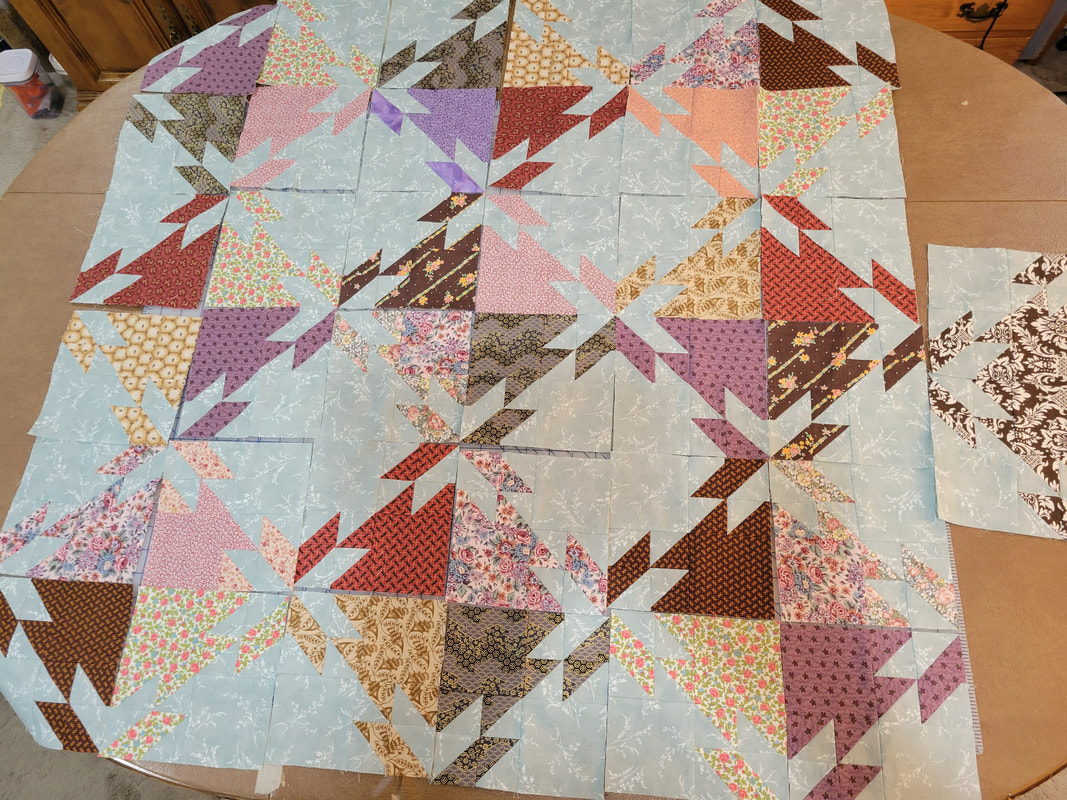
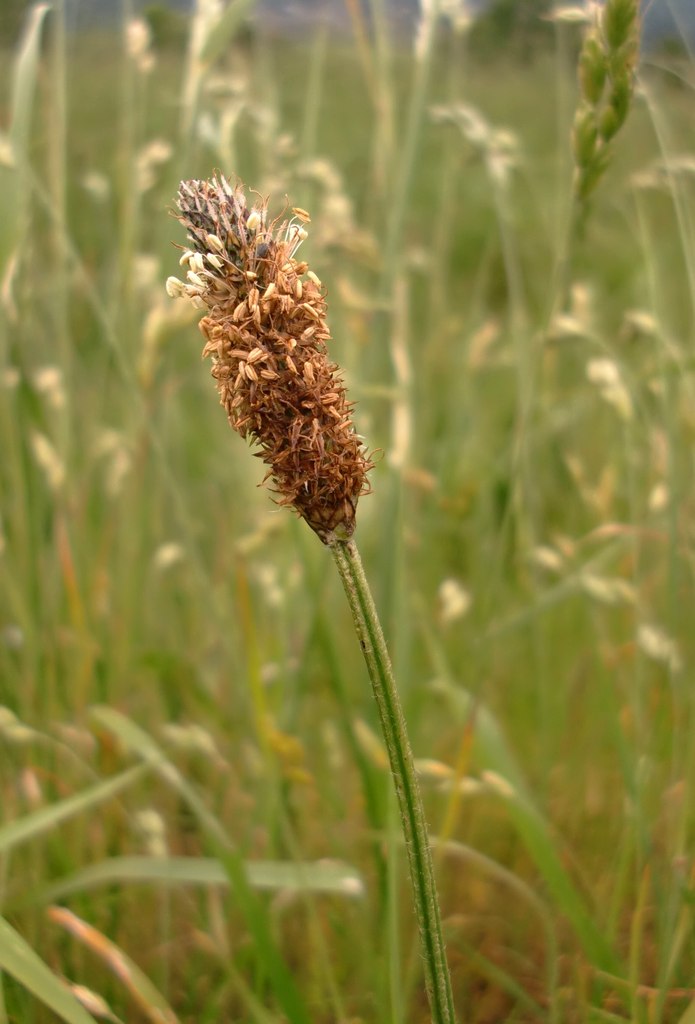
 RSS Feed
RSS Feed